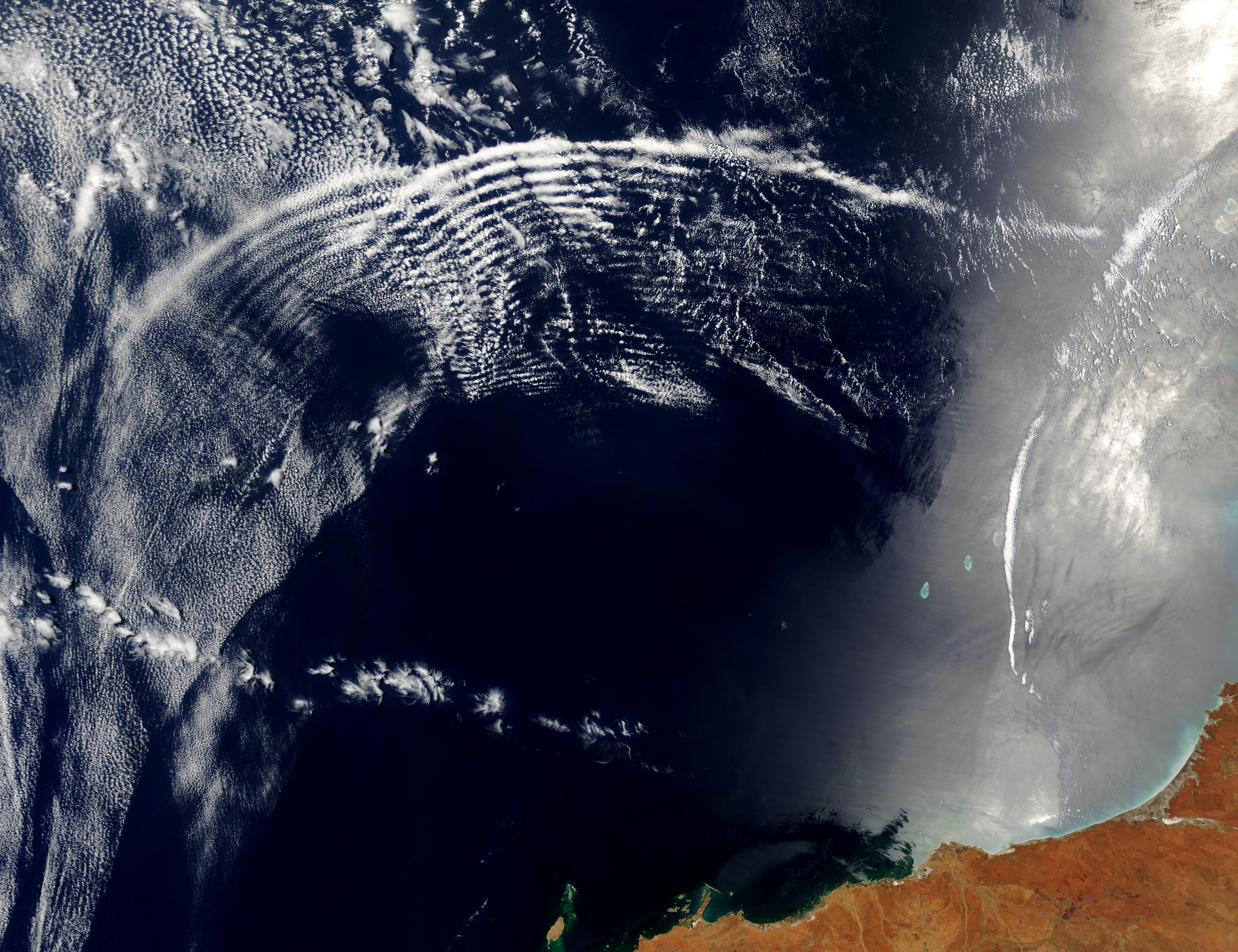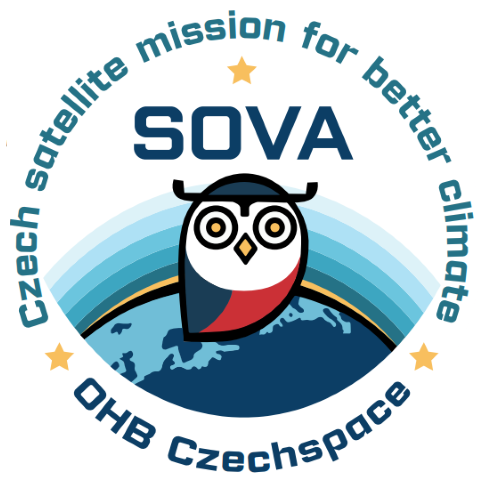To improve climate models and prediction of extreme weather such as heavy rain, storms, strong wind or tornadoes, is one of the main objectives of the new Czech satellite mission SOVA. The satellite will investigate processes in the middle and upper atmosphere that have not yet been fully studied and described.
The mission is led by OHB Czechspace, based in Brno, Czech Republic, in collaboration with other Czech companies and scientists from the whole country. In autumn, the company was awarded a contract from the European Space Agency (ESA) to conduct the first phase of the mission as a part of the Czech Republic's Ambitious Projects call. The engineers now have the next eleven months to prepare a feasibility study that will determine the further steps of the mission.
SOVA will be the largest Czech satellite to fly into space since the launch of the Magion 5 satellite in 1996. We are proud to take a significant step towards the development of a Czech higher class satellite over 100 kilograms. Our plan is to launch SOVA into space in 2027,"
Thanks to the SOVA mission, OHB Czechspace will become one of the first satellite system integrators in the Czech Republic. "OHB Czechspace leads the industrial and institutional consortium consisting of national and international partners and is in its role as the prime contractor for this study not just responsible for the design, future manufacturing, assembly and testing of the satellite, yet also securing the launch services and its operation in space," added Ševeček.
Mission Objectives
The name SOVA stands for Satellite Observation of waVes in the Atmosphere. The satellite is expected to be in orbit for at least two years. Its main scientific objective will be to study processes in the middle and upper atmosphere, between 60 and 300 kilometres above the Earth.
"The primary mission objective is to gain an improved understanding of processes in the atmosphere that will lead to more precise climate models to improve the forecast of extreme weather such as heavy rain or storms affecting agriculture, floods and soil erosion as well as forecasts of turbulences for aviation," explained Mission Architect Adam Čuda from OHB Czechspace.
SOVA will carry into space an optical instrument developed by OHB Czechspace in cooperation with the Czech company Meopta and German partners from OHB System. The scientific part of the mission will be led by a team from the Institute of Atmospheric Physics of the Czech Academy of Sciences and supported by the German Space Agency DLR. Under their guidance, SOVA will investigate gravitational waves in the atmosphere.
Gravity Waves
"The term gravity waves refers to oscillating perturbations in the atmosphere with periods exceeding five minutes, which can also propagate far into the upper atmosphere. Gravity waves play an important role in connecting different layers of the atmosphere. Their origin can be, for example, a storm, or winds that sweep upwards over large mountain ranges. In the upper atmosphere, the wave energy is then released, which might change the global circulation and hence weather and climate around the world. However, the details of this processes are little known," explained Jaroslav Chum from the Institute of Atmospheric Physics at the Czech Academy of Sciences.

Secondary Mission Objectives
In addition, SOVA is expected to help answering the question of degraded electric signal propagation through the ionosphere, which is important for a number of technological applications such as radio communications and global navigation systems. A secondary scientific objective of the SOVA mission will be to measure and evaluate the radiation field in the atmosphere. This will enable scientists to better understand the extreme radiation environment that is critical for future human missions to the Moon and Mars.
“We are certain that we will successfully complete the study within the next 11 months as we aim to become the prime contractor and satellite system integrator in the next phase. We invested nearly 200.000 Euro of our own financial means to ensure an adequate budget to complete the comprehensive study as well as the additional goal to enhance Czech Scientific excellence and Czech Republic´s participation,” commented Ševeček.
About Ambitious projects
The Ambitious Projects programme was initiated by the Czech Ministry of Transport together with ESA and is part of the National Space Plan for 2020-2025. The aim of the programme is to build the Czech Republic's capacity to develop and produce its own space missions. The programme allows for a 12-month satellite study in the first phase, and detailed development and launch in the next phase. There are currently several competing “Ambitious” missions studies, which are running in parallel and Czech Delegation will evaluate and select a number of them for implementation. SOVA mission is funded through an ESA contract in the Czech third party framework project. The view expressed can in no way be taken to reflect the offcicial opinion of the European Space Aggency and the Ministry of Transport of the Czech Republic.

